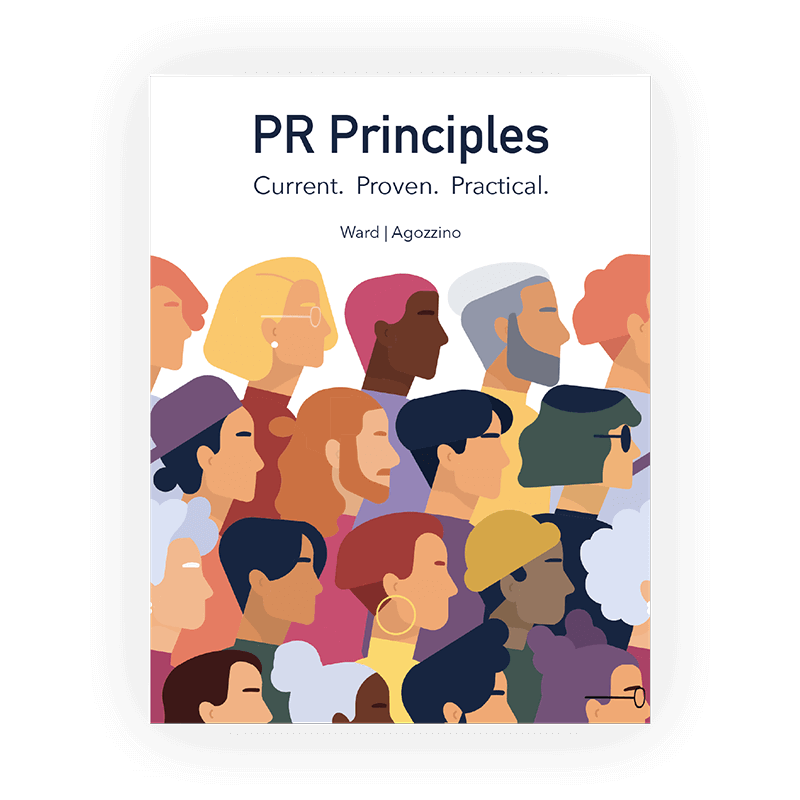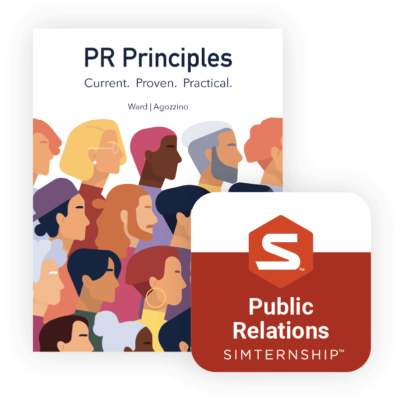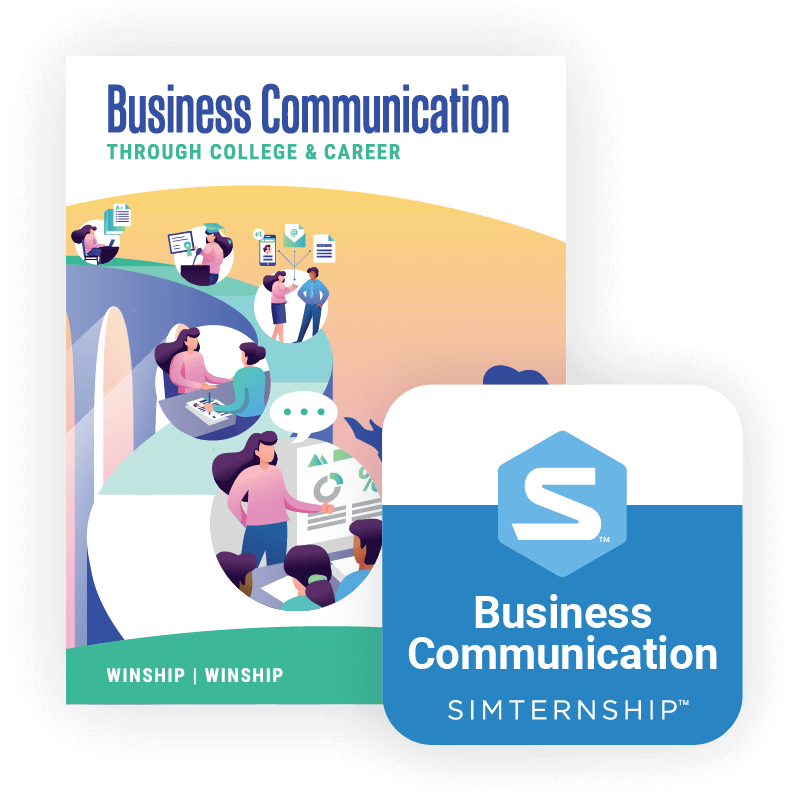PR Principles - Digital Textbook
KEY LEARNING OBJECTIVES
- Be able to explain the importance of diversity and inclusion in all facets of public relations.
- Identify the duties and ethical responsibilities of a public relations professional.
- Demonstrate how to combine theory with the practice of public relations to formulate effective strategies and deliver measurable results.
- Show how the PR industry developed over time and provide ideas for where it will be in the future.
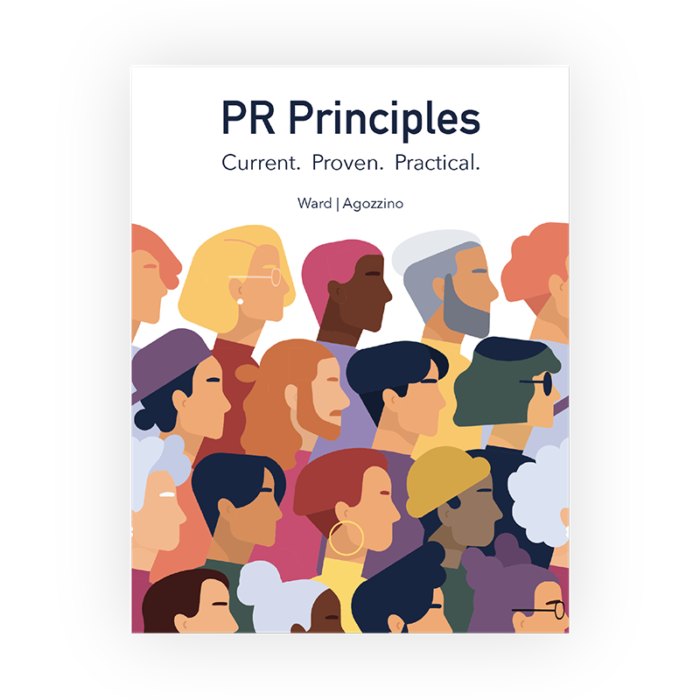

More Than Textbook, a Comprehensive Digital Course
PR Principles
Focus on the RPIE Model and Diversity
In each chapter, PR Principles has a section called “Diverse Voices” to shine a spotlight on the importance of diversity and inclusion initiatives, conversations, and campaigns within the industry.
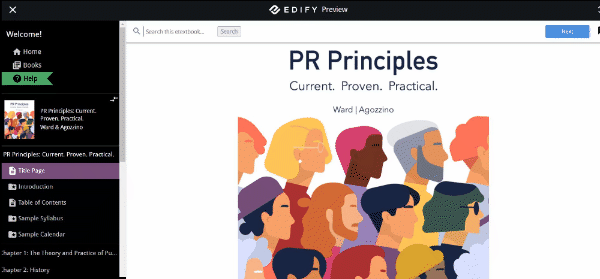
Table of Contents

Chapter 1: The Theory and Practice of Public Relations
Chapter 2: History
Chapter 3: Ethics
Chapter 4: Integrated Marketing Communications
Chapter 5: Research
Chapter 6: Planning
Chapter 7: Implementation
Chapter 8: Evaluation
Chapter 9: Public Relations Writing and Storytelling
Chapter 10: Crisis Management
Chapter 11: Social Media and Public Relations
Chapter 12: Global Public Relations
Chapter 13: Careers in Public Relations
Hands-on Learning without the Hassle
Stukent Simternships integrate with your favorite LMS platforms
Single Sign-on
Grade Book Syncing
Deep Linking
Rostering


About The Authors

Jamie Ward
Jamie is an associate professor of public relations at University of Toledo. As an avid researcher and writer, she has published and presented content at national and international conferences and business events on topics related to public relations, social media, storytelling, crisis communication, and ethics.

Alisa Agozzino
Alisa Agozzino, Ph. D., is an Associate Professor of Public Relations at Ohio Northern University. As the PR program head, she has taught over 16 different classes within the major and developed a social media minor for any major on campus. She has received numerous awards for teaching, including the international Pearson Award for Innovation in Teaching with Technology.
